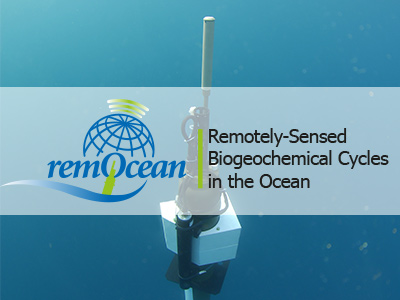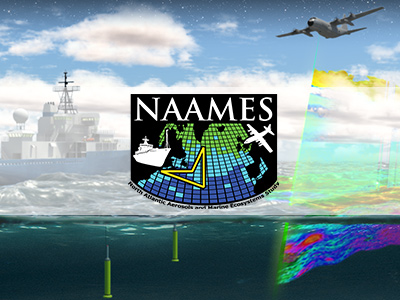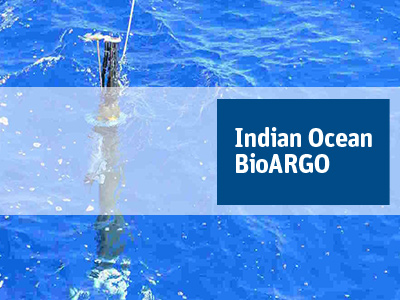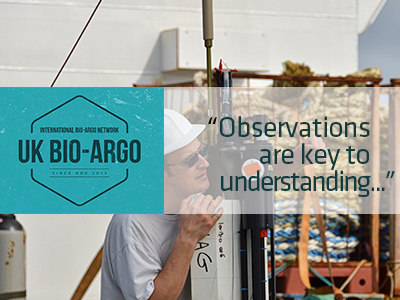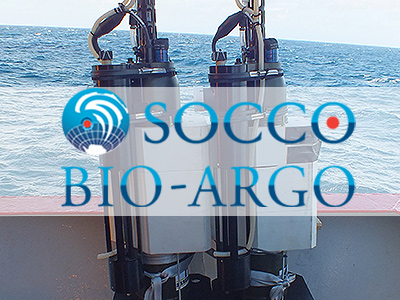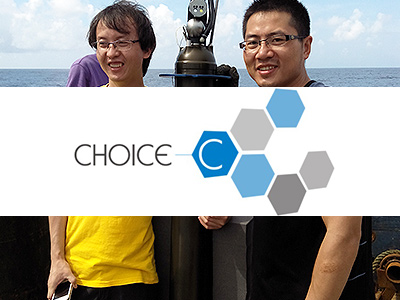Oceanic Chlorophyll a concentration, [Chl a] in mg m-3, is considered as the universal proxy for phytoplankton biomass. Because of the key role of phytoplankton in the global cycle of elements (production and export), mapping and understanding the spatio-temporal distribution and variability in [Chl a] thus appear of primary importance. Remote sensing of Ocean Color Radiometry offers a unique way to map quasi-synoptically [Chl a] at the ocean surface. Ocean Color Radiometry technique, however, provides [Chl a] only for the very surface layers of the ocean; the vertical distribution of phytoplankton biomass thus escapes from this remote detection. While in situ vertical profiles of [Chl a] can be accurately determined on discrete samples thanks to high-performance liquid chromatography, this method is not compatible with the present ocean observation requirements of highly-resolved spatial and temporal measurements The implementation of miniature Chl a fluorometers on Biogeochemical-Argo floats makes it now possible the systematic collection of vertical profiles of [Chl a].
The measurement of in vivo fluorescence of chlorophyll a is a nonintrusive technique that allows the direct in situ assessment of [Chl a]. The principle is as follows. Some of the photons absorbed by a chlorophyll a molecule in the blue part of the spectrum are re-emitted (fluoresced) as less energetic photons in the red part of the spectrum. The light emitted through Chlorophyll a fluorescence, F (mole quanta m−3 s−1), can be roughly expressed through:
F = E [Chl a] a* Φf,
Where E is the excitation irradiance (mole quanta m−2 s−1); a* is the Chl a-specific absorption coefficient [m2 (mg Chl a)−1] and Φf, the fluorescence yield [mole quanta emitted (mole quanta absorbed)−1]. Besides the dissolved oxygen concentration, [Chl a] fluorescence is certainly the most measured biogeochemical property in the global ocean. As summarized in the above equation, the fluorescence-to [Chl a] ratio is a function of physiological constraints or community composition embedded in the a* and Φf terms. The consequence is that fluorescence cannot be considered as a perfect proxy of [Chl a]. This technique nevertheless presents the advantage that it can be easily measured thanks to miniature sensors implemented on floats. These potential inherent weaknesses of fluorometric measurements are thus largely compensated by their cost effective acquisition that enables numerous data to be gathered.
| Parameters | Processing | Quality Control |
|---|---|---|
| Chla |




